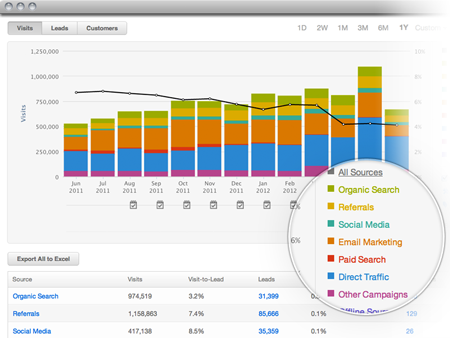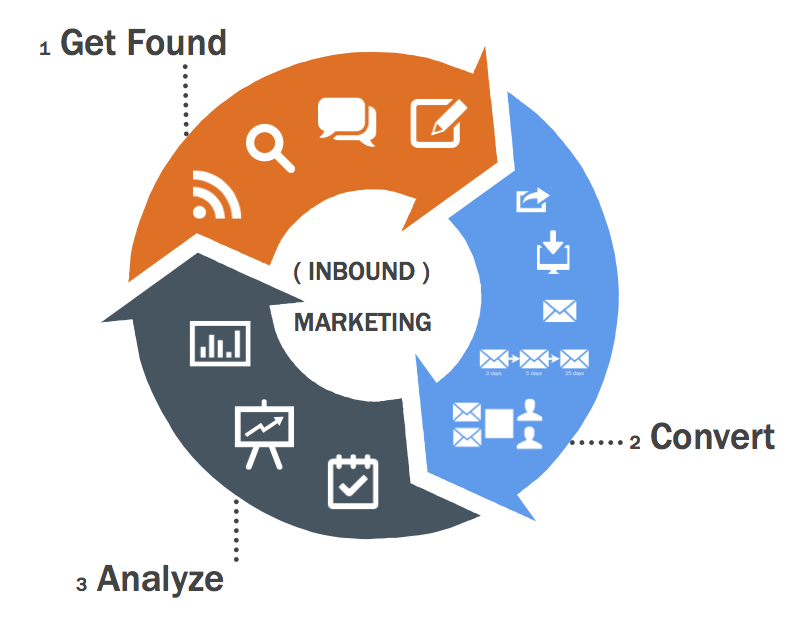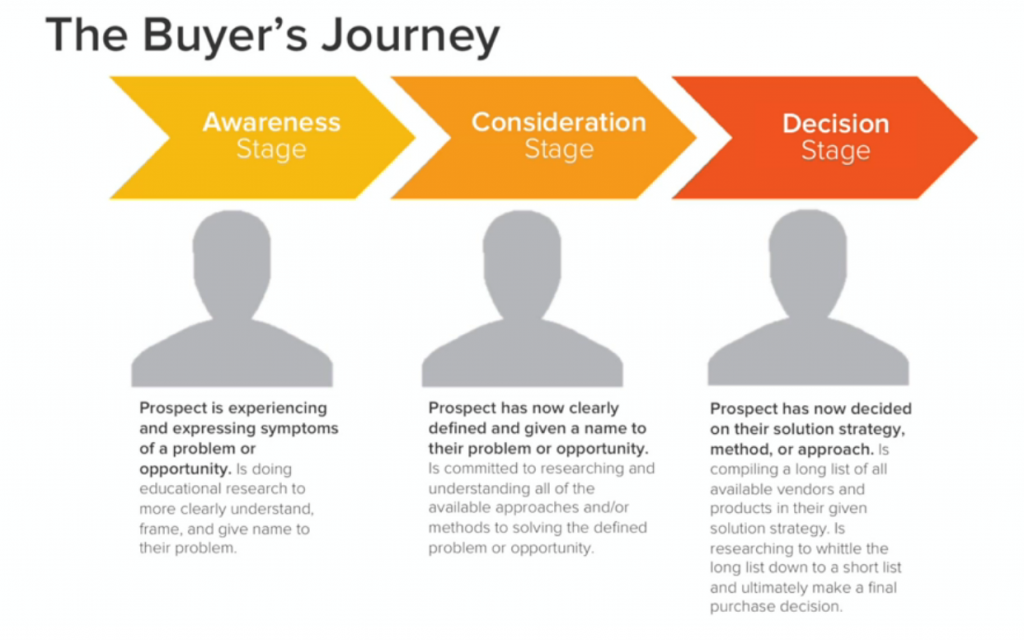What is the ROI of All That Social Media We Are Using?
At Simon Associates (SAMC), we have been speaking with a lot of customers and prospective clients about inbound marketing. Their first, last and frequent question is, “Where’s the beef?” or “What’s the ROI and how do I know it is working?”
The power and influence of social media today is truly astounding
What is so interesting about these questions is that the power and role of social media has changed over the past 5 years from a community building, networking tool to a real influencer on people’s buying decisions.Even in January 2014, the data was already coming together, as this infographic captures:
Take a look at these statistics on the infographic:
-
4 in 10 have purchased on item online or in-store after sharing it or making it a Favorite on Twitter or Pinterest
-
71% of consumers are more likely to make a purchase based on social media referrals
-
Social Media sites most likely to influence purchases are Facebook, YouTube and LinkedIn
-
78% of respondents said social media posts influenced their purchase decision
Now, it is more than just the social media. It is all about the buyer and where they are in their journey.
What those folks asking for ROI need to focus on is the “Buyer’s Journey” and the role that social media, in all its forms from Facebook to Pinterest, play in that buyer’s decision process.
As an individual moves from trying to find an answer to a problem in their Awareness Stage, to their consideration of a solution in their Consideration Stage, to the moment when they actually decide on a product, service, solution and a company in their Decision Stage, they are interacting with lots of different educational and informational sources. Of course, that doesn’t exclude family and friends or the TV advertisements. Social media has clearly become a far more powerful force in their decision process than we saw or thought about before.
How do you know what to measure?
What are the right things to measure if you want to better understand how your social media is delivering the right message to the right person at the right stage in their buyer’s decision?
1) First, what is it you are offering? Metrics matter if you are selling a product, like a travel pillow (which we worked on for two years). We wanted to know about how Facebook campaigns led to measurable visits to the pillow’s website, if pages viewed on that website ultimately led to sales (did people get to Check Out and then leave) and also, were sales coming from the website directly or through Amazon.
2) It is a very different animal if you are working with healthcare providers to build their practices and you are evaluating the impact of Twitter, Facebook and Pinterest for website traffic, particularly if they also want to cultivate their current patients and build engagement. In this case, we would focus on building a community of fans and followers on Facebook and even Twitter and, using the social media monitoring tools on HubSpot, watch how these tools lead to increased visits to the website.
Once people get to the website, we would then watch to see which pages they go to and what they are looking for. Ultimately, we would love to know how (and why) a new patient chooses a particular physician for carpal tunnel surgery or a knee replacement. Or how a new mom chooses one of our our client’s pediatricians over another. Believe you me, between HIPAA limitations and patient privacy, that is a much harder “sale” to capture, much less to place a financial value upon.
This kind of analytic, evaluative data is very compelling and easy to access. It looks a lot like this image (on right) captured generically from HubSpot, showing all the sources of visits and allowing us to evaluate the visits that turn into contacts, leads and even customers.
3) The third area of measuring ROI is social monitoring and its value to really understanding the community of fans who are sharing stories in the market space that you believe you are playing in. In the past, we certainly did the traditional quantitative market research surveys and the in-depth focus groups to better understand perceptions and behaviors. And brand equity research gave us an indication of brand awareness and familiarity, purchase and loyalty.
Today, you need only to take a look at online conversations to see what’s happening as people—some whom you thought were your fans and others whom you wish would become them—talk about your category, the products within it, their pain points and their unmet needs.
So how do you measure the ROI on community building, managing the conversation and influencing the influencers? In the past, you would rely on your mass-market advertising to influence and capture share of mind. Now you need to be deeply involved in the social media messaging process so that you’re the authority on the topic. This means you must constantly ensure that your content is clear, keen, answers the questions people are asking and uses the wide world of the Internet for you to be part of the game.
Does it matter how big or small you are?
Not at all. What does matter is whether you are big enough to have a team of people managing your conversations and content online and evaluating their performance against your buyer’s persona, or if you are an entrepreneur doing it all yourself.
At the end of the day, consumers are now driving the value of the content.
And they want honest answers and easy-to-use solutions. And the extent to which you’re part of the conversation all begins with what you do online in social.
If you want to read more, take a look at our White Paper “The Inbound Methodology” or contact us for a free consultation or workshop (we are doing a lot of these) on how you might do inbound marketing. Let us help you grow your online experience.





